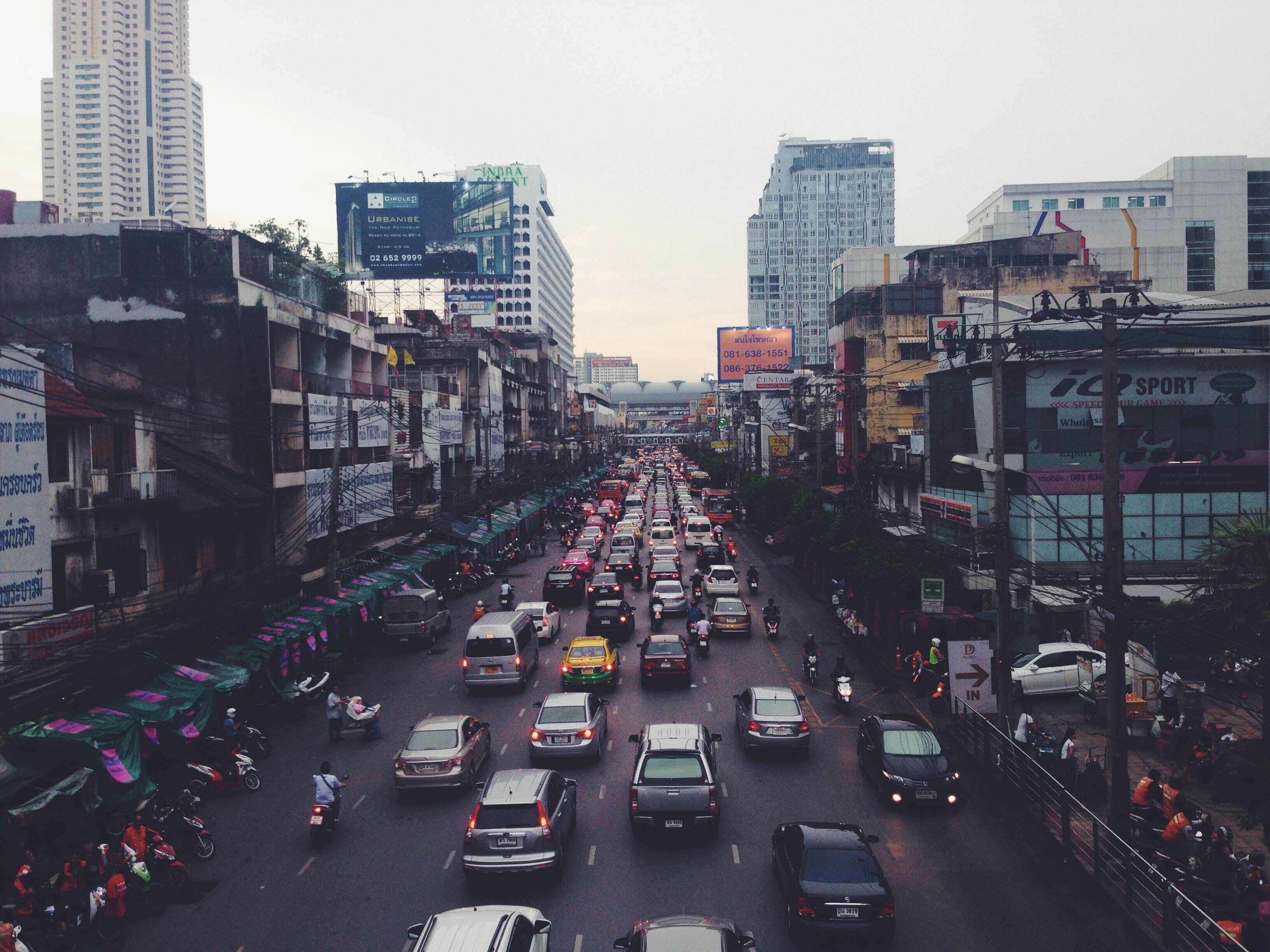Striking the right balance
Policymakers need to come up with innovative pollution control measures that won’t meddle with India’s already dwindling mineral resources

In a country of 142 crore people, mobility is an essential element of the development index, and in this process, the mineral resources play a major role in the industrial development of the automobile sector. The mining industry has a major impact on the automobiles industry, which provides many of the main components used to build a vehicle. More than 37 minerals/compounds are used in manufacturing of cars and other automobiles like trucks and buses, along with heavy machines used in diverse activities. This, in turn, provides a major boost to the steel industry which currently stands at 143.9 million tonnes — second only to China. The automobile industry is set to rise to USD 300 billion in 2026. The main materials used for making cars and their parts include steel, aluminium, magnesium, chromium, copper, lithium, cobalt, nickel, plastics, composites, rubber, glass, fabric, leather and a few more. India is an uncontested leader in the global heavy vehicles market — it is the largest tractor producer, second-largest bus manufacturer, and third-largest heavy truck manufacturer in the world.
India's annual production of automobiles in FY 2021 was 22.65 million vehicles. The automobile pollution is a major cause of concern for the government as well as judiciary. Air pollution is caused by solid and liquid particles, and certain gases that are suspended in the air. A complex mix of factors such as Diwali fireworks, urban emissions from car and truck exhausts, factories, dust, pollen, fungus spores, fires, cooking, lighting, waste burning, industries, power plants, stubble burning and construction activities is responsible for extreme level of pollution, especially in Delhi NCR. The automobile sector is the main source of PM2.5 emissions in Delhi (28 per cent of all PM2.5 emissions). Vehicular contribution also makes up 80 per cent of nitrogen oxides and carbon monoxide in Delhi's air. Data on vehicular pollution in Delhi show that nine per cent of emissions are generated by trucks and tractors; seven per cent from two-wheelers; five per cent from three-wheelers; three per cent each from cars and buses; and one per cent from light commercial vehicles. Overall, these vehicles are responsible for 41 per cent of the total pollution load in Delhi. The total number of motor vehicles on road in Delhi as on March 31, 2021 was 122.53 lakh. The Delhi Pollution Control Committee estimated that 30 per cent of the air pollution in the territory is caused by dust from construction sites. Furthermore, on the outskirts of NCT, there are around 350 brick kilns, mostly in Jhajjar, Faridabad and Ghaziabad regions, whose peak months are from December to June. Their emissions rise particularly during the winter months because, in summer and spring, the winds are relatively faster, and gases do not stay suspended in one place.
The Supreme Court has been monitoring the air pollution in Delhi NCR through a committee it had set up, and has adopted a graded response mechanism. One of the decisions which the government took on the orders of the apex court is to ban the 10-year-old diesel cars and 15-year-old petrol cars. When this decision was taken, it looked like a positive attempt but, after the coming of better pollution-compliant vehicles and the introduction of BS 6 cars, it is necessary that the Supreme Court and the government rethink about it on larger environmental grounds and sustainable use of our mineral wealth. The Bharat Stage 6 brings down and restricts the emissions to 1.0g/km of carbon monoxide. Today, the contribution of cars in Delhi NCR air pollution is only three per cent and, thus, on broader environmental grounds, it is not a correct decision to consign 10-year-old cars to scrap because of the cost of exploitation of minerals in India — particularly when we see that the minerals, forests and tribal maps of India overlap each other. There is a need to evolve an implementable and objective criterion to check pollution through enforcement of pollution control standards, taking into consideration the situation of our mineral deposits. There appears no rationale to junk the cars which are emitting within the permissible limits. After all, the mineral wealth is finite and we need to consider the inter-generational equity for use of minerals. The growing mineral exploitation is a direct threat to forest cover as most of the mines are open cast mines and we need to rationalise our mineral use. It is necessary to put money on research for innovative mining technology.
The Supreme Court should, therefore, think of an innovative and balanced approach to control air pollution and extend the lives of non-polluting diesel and petrol cars beyond 15 to 17 years. Furthermore, we need to think of how to check two- and three-wheeler pollution because their contribution to Delhi's pollution is much more than the cars. The court should order the setting up of a mechanism to monitor the balance 97 per cent polluting agents, and focus on adoption of superior car and fuel technologies. There is a brouhaha about electric cars but it is going to create another problem of disposal of batteries in future and spur huge demand for electricity. An American scientist, Gill Pritt, has already flagged this matter and stated that massive electric vehicles may not be in the interest of our planet. What is therefore needed is to push vigorously the green hydrogen fuel on priority. The Government of India, the Parliament and the Supreme Court need to reassess the situation and chalk out a futuristic and environmentally sustainable automobile policy.
The writer is Chairman of Centre for Resource Management and Environment. Views expressed are personal



